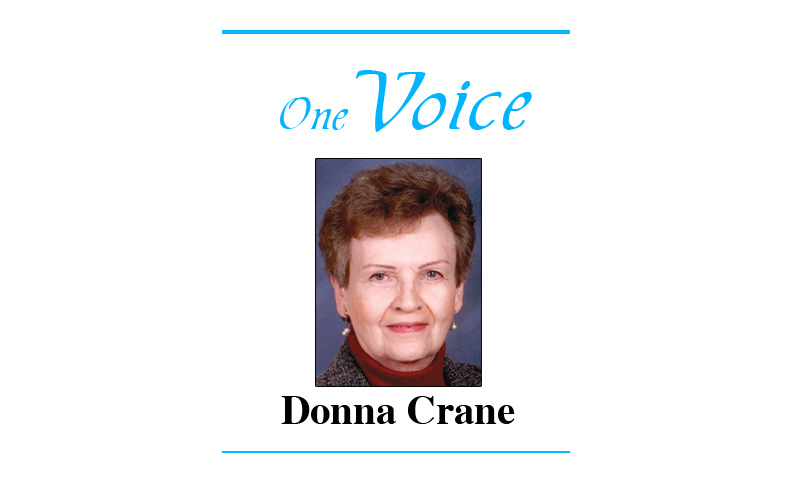
Last of three parts
The second part is at thevoice.us/hospitals-at-home-save-lives-save-money-efficient
Hospitals in the United States consider a concept known as “hospital at home.” Writer Nate Berg had a piece published in FastCompany, a magazine and on online journal.
“But the hospital-at-home model still has one main hurdle: Reimbursement from Medicare and Medicaid. As of 2017, 58 Million people in the U.S. were enrolled in Medicare and Medicaid, but those systems don’t have any way to fully reimburse health-care systems for services provided in patient homes. Patients in the Medicare Advantage program and those covered by private insurance often can qualify for their hospital-at-home care to be reimbursed, but that still leaves a large chunk of the market, older Americans, out of luck.
‘“You have 65% to 70% of Medicare-eligible patients not able to access the hospital-at-home program, and those are typically the ones who could benefit most from this model,” said Travis Messina, co-founder and CEO of Contessa Health.
“Based in Nashville, Tenn., Contessa forms joint venture partnerships with health-care systems and provides the technology and infrastructure to run hospital-at-home programs. It’s now working with six health-care providers in Wisconsin, New York, Pennsylvania, South Carolina, Tennessee, and Arizona. Messina said the company is in active dialogue with another 20 health systems and could see the size of the business triple over the next year.
“‘Unfortunately COVID was a pretty significant accelerator for our business,’ he said. ‘Obviously you never want something like that to cause a tremendous growth spike, but it was helpful in that it created a great deal of awareness for the hospital at home model.’
“But that doesn’t mean he’s worried about the market becoming oversaturated with competitors. ‘There’s [approximately] 5,000 hospitals in America. There’s probably somewhere in the ballpark of 25 to 50 [hospital-at-home] programs. So there’s a significant amount of penetration that can still take place,’ he said.
“The lack of reimbursement from Medicare and Medicaid is holding that back for now, but co-founder Raphael Rakowski of Medically Home said it’s only a matter of a few years before that could change. Of his original list of 188 barriers holding back hospital at home, that’s one of the last two remaining to be solved. The other is to shift away from the fee-for-service model, a much larger systemic question. He said hospitals are just waiting for the policy to change. ‘There isn’t anyone that’s not thinking about this right now,’ Rakowski said.
“For Dr. Bruce Leff, who’s been working to spread the hospital at home model for more than 25 years, nothing’s likely to change overnight. The momentum is growing with early adopter hospitals, but he says there are a lot of ‘laggard hospitals’ that don’t want to change how they operate. ‘They just want to keep things exactly the way they are and run their current business model,’ said Leff, who’s an adviser to Medically Home and Dispatch Health. ‘I think there are a lot [of hospitals] in the middle who will start to move care in this direction. Even before COVID, there were hints that things were shifting.’
“And the COVID-19pandemic may be accelerating those shifts. During the peak of the outbreak, the Centers for Medicare & Medicaid Services issued a ‘hospitals without walls’ waiver, allowing health systems to be reimbursed for services provided in unconventional, non-hospital settings such as hotels, dormitories, and convention centers. That proves the system can change. All it needs to do is catch up to the ways hospital care already has been transformed,” Nate Berg wrote.

